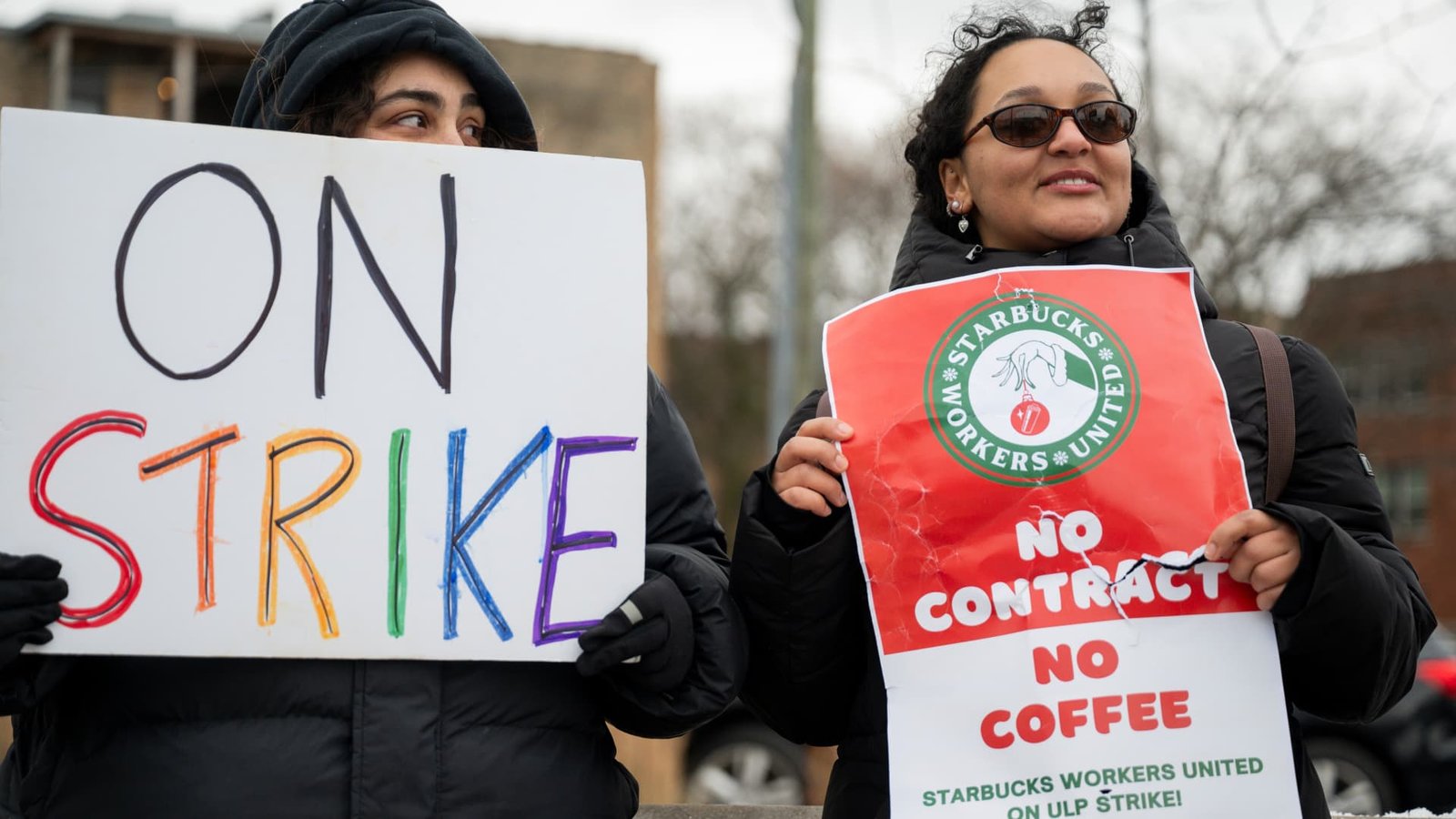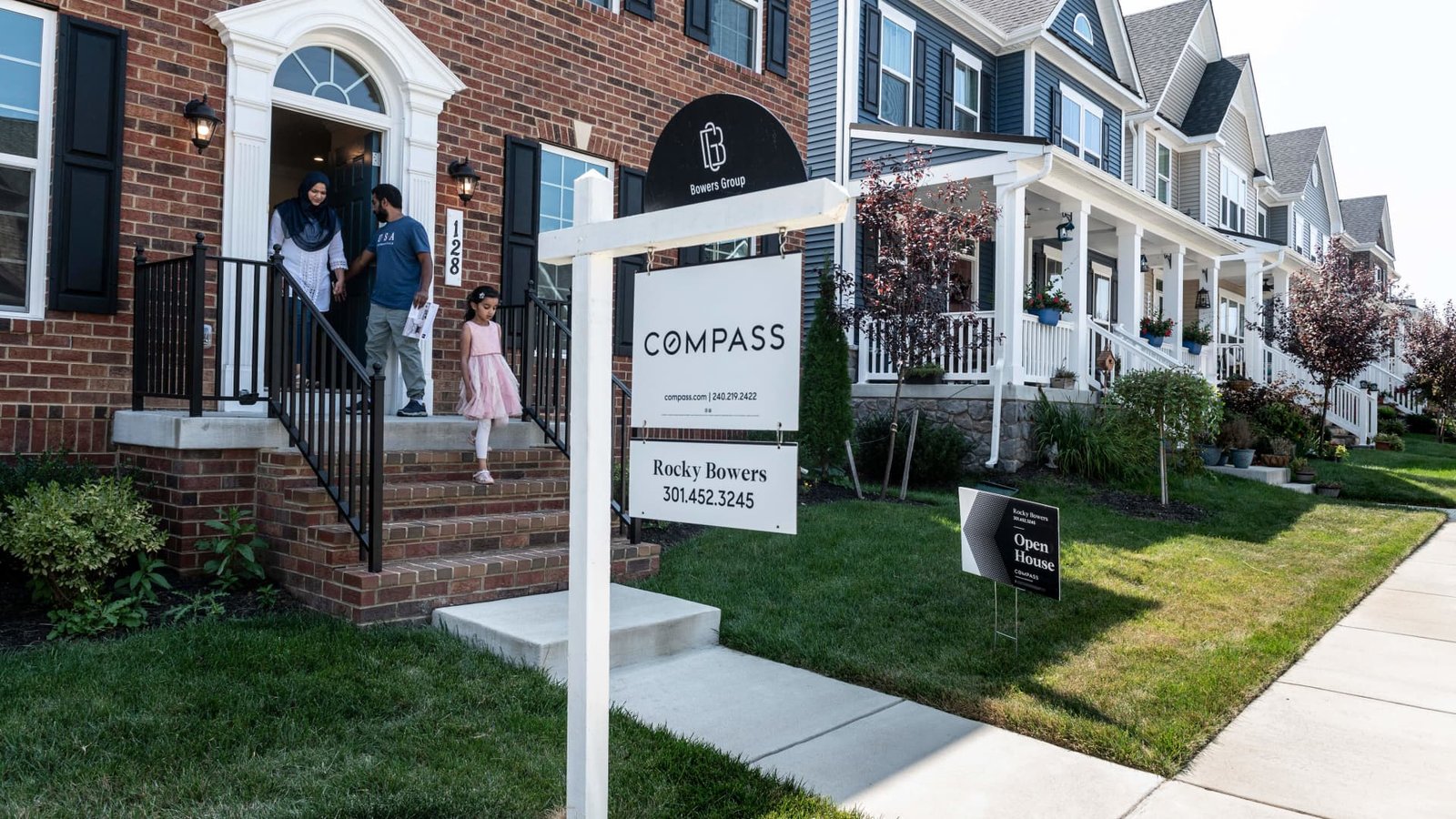In this article, demand for New York City office space has returned to pre-pandemic levels due to an increase in new workers and employers’ push for current workers to return to the office. According to VTS, office demand in the city surged by 25% in the fourth quarter compared to the previous year, measured through unique new tenant tours of properties, serving as an early indicator of new leasing.
Nick Romito, CEO of VTS, mentioned that New York City’s return to in-office work reflects the city’s distinctive cultural and economic dynamics, particularly in the finance and tech sectors. SL Green Realty Corp., a real estate investment trust focused on Manhattan office and retail spaces, recently reported earnings that missed revenue expectations. However, analysts highlighted a further tightening in the office market as leasing demand picks up.
During a call with analysts, SL Green Realty CEO Marc Holliday pointed out that the city’s Office of Management and Budget predicts around 38,000 new office-using jobs by 2025, primarily in finance, business services, and information technology. Holliday emphasized the expected strong demand for office space throughout 2025, with increasing on-site attendance as companies call employees back to the office.
SL Green ended the year with 92.5% occupancy and anticipates over 93% leased occupancy in the upcoming year. IBM recently expanded its lease at One Madison Avenue by 92,663 square feet, bringing its total footprint at the property to more than 362,000 square feet. IBM’s senior vice president for transformation and operations, Joanne Wright, highlighted the commitment to advancing the technology sector in New York City and New York State through collaborative workspaces.
While New York leads in office recovery, VTS notes improvements in other markets. San Francisco experienced a 32% annual growth rate in demand, surpassing New York’s growth rate, albeit from a weaker starting point. Seattle and Chicago saw growth rates of around 15% each as companies in those cities adopt hybrid work models requiring consistent in-office presence.
Ryan Masiello, chief strategy officer of VTS, stated that while some markets like New York City are swiftly returning to traditional office settings, the national outlook indicates slow but steady progress. Nationally, demand in the fourth quarter increased by 12% from the previous quarter, contrary to historical declines during this period.
Masiello highlighted the significance of this growth, noting that businesses are showing a willingness to invest in office space despite economic uncertainties, signaling increased confidence and long-term planning.




